Hey everyone. Just thought I'd do a public service discussing the History of Video Game Consoles. Some friends and I were talking about the days when we played our first ever video games- it was the Atari 2600 for me, and back then, if you had one at home, you were the coolest kid on the block.
Welcome to my two-part special on my personal gaming blog: Get Your Game On | Renzie on Gaming. Enjoy!
How It All Began
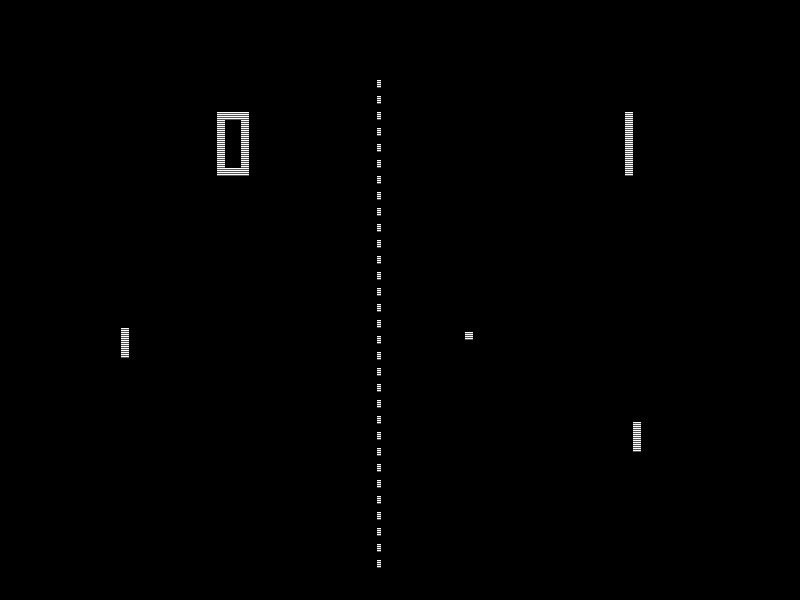 As early as 1951, a dude named Ralph Baer came up with the idea of interactive television, supposedly as he was building TVs from scratch back in New Youk. Baer was actually a television engineer, and so in 1966, created the first ever video game: two dots chasing each other around onscreen.
As early as 1951, a dude named Ralph Baer came up with the idea of interactive television, supposedly as he was building TVs from scratch back in New Youk. Baer was actually a television engineer, and so in 1966, created the first ever video game: two dots chasing each other around onscreen.Sanders Associates, the company he was working for, gave Baer the go-ahead to go further, and threw some funding his way. Two other dudes were signed up: Bill Harrison, who came up with the idea of a light gun, aimed to hit a target moved by another player, and Bill Rusch who came up with the concept of the video ping-pong game.
The result was the protoype known as the "Brown Box" in 1968. It had 2 controllers, a light gun, and switches to determine which game you wanted to play.
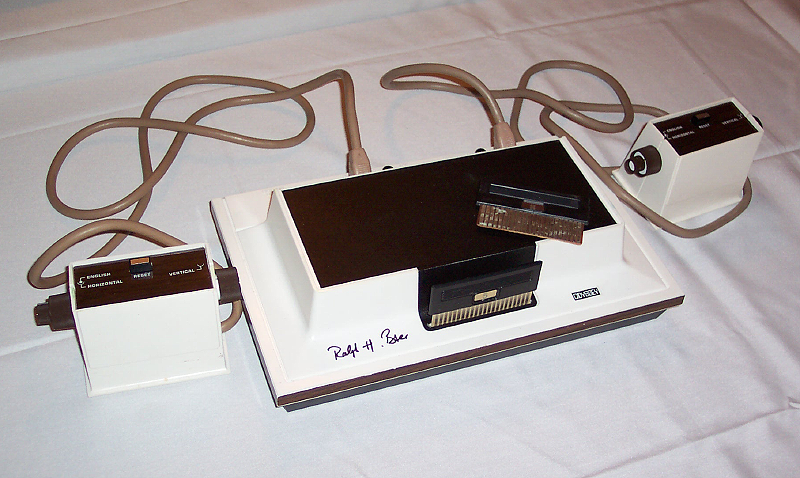 The company Magnavox came on board in 1969 and used plug-in circuits to change the games instead of switches- giving birth to the first ever commercially released video game console in May 1972: The Magnavox Odyssey.
The company Magnavox came on board in 1969 and used plug-in circuits to change the games instead of switches- giving birth to the first ever commercially released video game console in May 1972: The Magnavox Odyssey.First Generation (1972-1977)
Aside from the Magnavox Odyssey, you also had the Pong game from Atari/Sears, which came out in the Christmas of 1975. You also had the Coleco Telstar, which also had its own line of games.
The first-gen consoles were not very successful commercially, however, owing to little support from their parent companies, and therefore not having a decent marketing push.
Second Gen (1976-1984)
 Things started picking up though by 1977, when Atari came out with the Atari 2600, then later with the 5200.
Things started picking up though by 1977, when Atari came out with the Atari 2600, then later with the 5200.You also had the Fairchild Channel F, the Magnavox Odyssey, Mattel's Intellivision, Milton Bradley's Vectrex, the Emerson Arcadia 2001, Colecovision, and the SEGA SG-100.
 Though everyone enjoyed fairly brisk sales in the early 8-bit era, the most popular choice was still the Atari 2600, having a good selection of games that were also popular in the arcade.
Though everyone enjoyed fairly brisk sales in the early 8-bit era, the most popular choice was still the Atari 2600, having a good selection of games that were also popular in the arcade.We also saw the early handheld game consoles. Milton Bradly's Microvision was the first to come out in 1979, but didn't do so well commercially. You know what did though? Nintendo's Game and Watches, which came out in 1980.
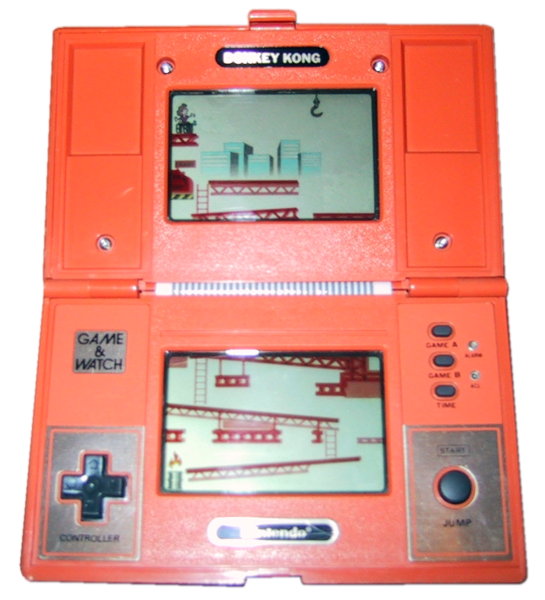 The more popular games at the time? Pac-Man, Asteroids, Defender, Donkey Kong, Frogger, Space Invaders, Pitfall, Q*bert, Mario Brothers and Spy Hunter.
The more popular games at the time? Pac-Man, Asteroids, Defender, Donkey Kong, Frogger, Space Invaders, Pitfall, Q*bert, Mario Brothers and Spy Hunter.The video game crash happened in 1983, mainly because the market was oversaturated with all kinds of consoles, and mostly crappy games, as many companies only wish to just cash in on the video games craze of the early 80's, without really delivering much in the way of a great gaming experience.
For a time there, the future of gaming looked rather bleak- many companies have gone bankrupt and folded. Entire inventories had gone unsold, and were even used as landfill, the stories say.
Third Gen (1983-1992)
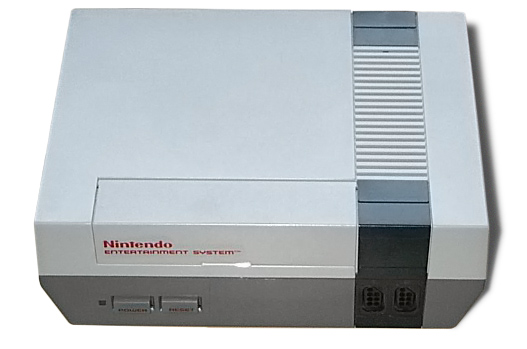 Nintendo's Family Computer (as it was known here in the Philippines), or Famicom (as it was known in Japan), or the Nintendo Entertainment System pretty much singlehandedly saved the video game industry, at least as far as consoles were concerned.
Nintendo's Family Computer (as it was known here in the Philippines), or Famicom (as it was known in Japan), or the Nintendo Entertainment System pretty much singlehandedly saved the video game industry, at least as far as consoles were concerned. Its most popular titles? Super Mario Bros., the first Final Fantasy games, The Legend of Zelda, Dragon Quest, Contra, Metroid, Mega Man, Castlevania and Bomberman.
Its most popular titles? Super Mario Bros., the first Final Fantasy games, The Legend of Zelda, Dragon Quest, Contra, Metroid, Mega Man, Castlevania and Bomberman.Nintendo also introduced the Gameboy, which started to dominate the handheld market in the late 80's.
Despite Nintendo's success in North America and most of Asia, Sega's Master System was more popular in Brazil, Australia and New Zealand.
Fourth Gen (1987-1996)
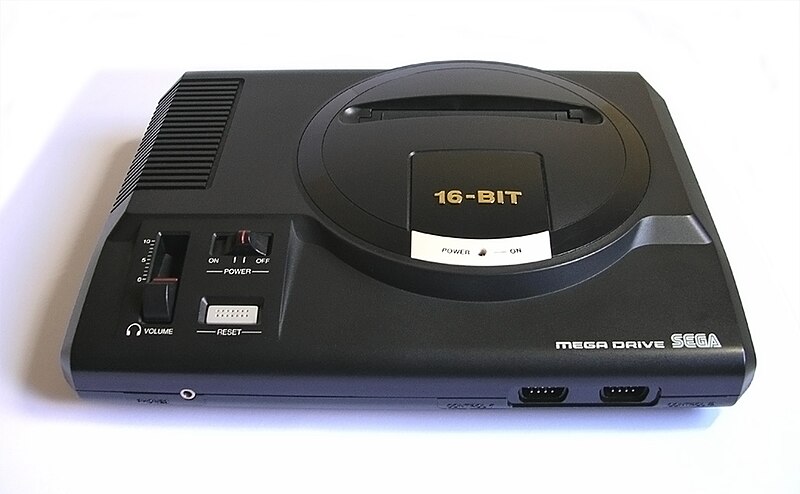 By this time, we saw the dominance of two new consoles: the Nintendo's SuperNES, and the SEGA Genesis.
By this time, we saw the dominance of two new consoles: the Nintendo's SuperNES, and the SEGA Genesis.We now saw 16-bit games, which looked so much better than their earlier counterparts. In fact, many of the popular titles from the third gen got themselves updated to 16-bit versions, but we also saw some newcomers- Sonic the Hedgehog, Mortal Kombat and Street Fighter were all popular fourth gen games.
Part 2 of my 2-part coverage of The History of Gaming Consoles comes up in a bit. We'll cover the rest of the gaming consoles all the way to the seventh gen, which would the consoles we have with us today.
Cheers, everyone!

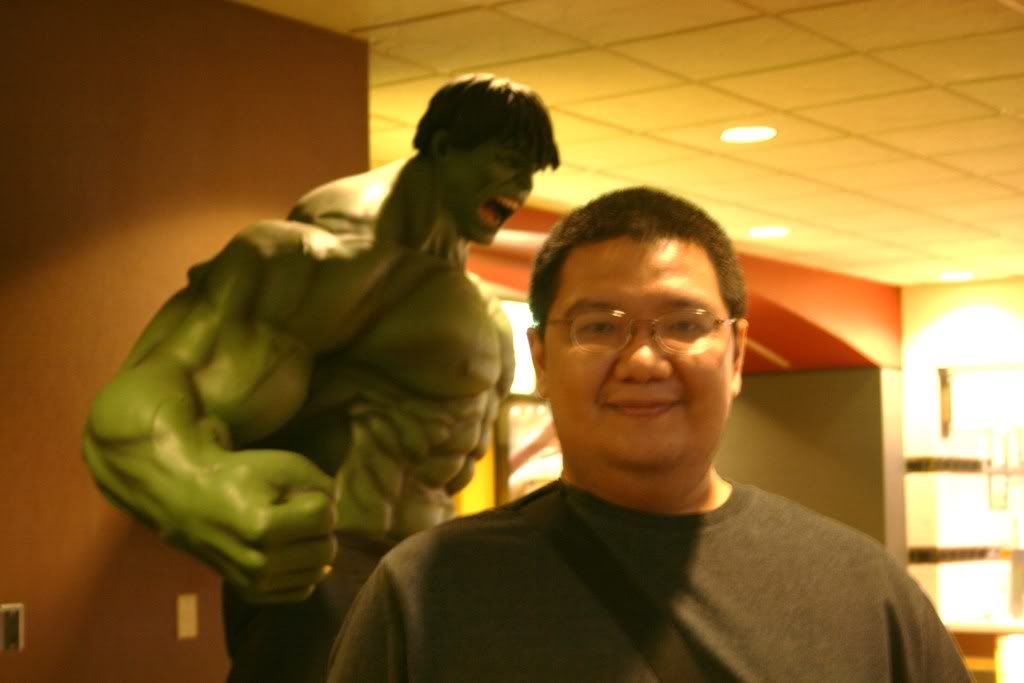





No comments:
Post a Comment